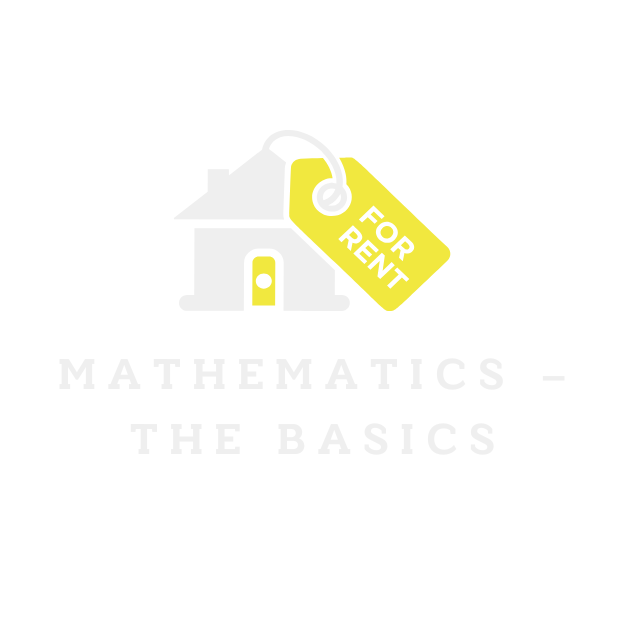Buying a home can feel like trying to climb Mount Everest without oxygen—especially for those with low incomes. The dream of homeownership often seems out of reach, leaving many feeling like they’re stuck in a never-ending rental cycle. But what if there’s a secret treasure map leading to down payment assistance programs? Spoiler alert: there is!
Table of Contents
ToggleUnderstanding Down Payment Assistance Programs
Down payment assistance programs serve as essential resources for low-income homebuyers, easing their journey toward homeownership. These programs offer various forms of financial aid, which can significantly reduce the burden of upfront costs.
What Is Down Payment Assistance?
Down payment assistance refers to funds or resources that help cover the down payment and possibly closing costs when buying a home. Such assistance can come in the form of grants, loans, or even forgivable loans, depending on the program. Notably, eligibility often hinges on income levels, home purchase price, and the buyer’s circumstances. Many programs operate through nonprofit organizations or government agencies, aiming to support those who struggle with large initial payments.
Types of Assistance Available
Several types of assistance exist to cater to diverse needs. Grants provide outright funds that do not require repayment, while low-interest loans help buyers finance their down payments over time. Forgivable loans are another option, where the loan becomes a grant if the buyer remains in the home for a specified period. State and local programs can also offer matching funds, increasing the buyer’s available resources. Many of these types cater specifically to first-time homebuyers or those purchasing in designated areas.
Eligibility Criteria for Low-Income Homebuyers

Low-income homebuyers must meet specific criteria to access down payment assistance programs. Understanding these requirements is crucial for qualifying for financial aid.
Income Limits and Guidelines
Income limits vary based on geographical location and family size. Typically, low-income refers to households earning below 80% of the area median income (AMI). For instance, in a region where the median income is $60,000, low-income households would earn less than $48,000 annually. Additionally, some programs prioritize first-time homebuyers or those purchasing in designated areas, which can further influence eligibility. Awareness of local guidelines helps homebuyers navigate available assistance options effectively.
Required Documentation
Prospective applicants must gather essential documents for the application process. Commonly required paperwork includes proof of income, recent pay stubs, tax returns, and bank statements. Verification of employment and household size also plays a significant role. Homebuyers might need to provide a credit report and identification to demonstrate financial responsibility. Obtaining these documents beforehand prepares applicants to streamline the application process and improve their chances of approval.
Benefits of Down Payment Assistance
Down payment assistance programs significantly help low-income homebuyers navigate the path to homeownership. These resources provide essential funding, enhancing financial stability and opening doors to more opportunities.
Financial Support for Homebuyers
Financial support comes in various forms, addressing the immediate need for down payments and closing costs. Grants often require no repayment, providing a crucial resource for those facing budget constraints. Low-interest loans, another option, enable borrowers to manage payments effectively over time. Forgivable loans offer a unique advantage, where repayment becomes unnecessary after meeting specific conditions. Accessing these fund types eases the burden of up-front costs, enabling many to transition from rental living to homeownership.
Increased Access to Homeownership
Increased access to homeownership transforms lives by enabling families to invest in their futures. With down payment assistance, homebuyers can achieve their goals sooner, avoiding years of rental payments without equity. Programs specifically target low-income individuals, making homeownership possible for those who might otherwise struggle. Assistance often aligns with local housing initiatives, facilitating community growth. When homebuyers secure funding, they contribute to neighborhood stability and economic development, boosting property values in the process.
How to Apply for Assistance
Applying for down payment assistance involves several key steps. Understanding this process can ease the pathway to homeownership for low-income individuals.
Step-by-Step Application Process
- Research Programs: Identify available down payment assistance programs in the area. Local and state housing authorities often provide lists of options.
- Check Eligibility: Review specific eligibility criteria for each program. Income limits may vary based on family size and location.
- Gather Documentation: Collect required documents such as proof of income, recent pay stubs, and tax returns. This information supports the application and verifies financial status.
- Complete the Application: Fill out the application form accurately. Include all necessary documents to ensure completeness.
- Submit the Application: Send the application to the program administrator. Follow any additional instructions specified in the application guidelines.
- Follow Up: Contact the program office to confirm receipt of the application. Staying informed about the application status helps to address any issues promptly.
Tips for a Successful Application
- Be Thorough: Ensure all documentation is complete and accurate. Incomplete applications often lead to delays.
- Ask Questions: Proactively reach out to program officials for clarification on requirements. Clear communication can prevent misunderstandings.
- Provide Details: Explain financial situations and needs clearly in the application. Specific information can strengthen a case for assistance.
- Proofread Materials: Review all application components for errors. Simple mistakes can negatively impact credibility.
- Meet Deadlines: Submit applications well before deadlines. Early submissions offer extra time to address any potential issues.
- Stay Organized: Keep copies of all submitted materials and correspondence. An organized record aids in tracking the application progress.
Down payment assistance programs are vital for low-income homebuyers striving for homeownership. These resources not only alleviate financial burdens but also pave the way for a brighter future. By accessing grants, low-interest loans, or forgivable loans, individuals can break free from the rental cycle and invest in their own homes.
Navigating the application process may seem daunting, but with the right information and preparation, it becomes manageable. The opportunity to own a home can transform lives and strengthen communities. As more people take advantage of these programs, the dream of homeownership becomes a reality, fostering stability and growth for families and neighborhoods alike.


